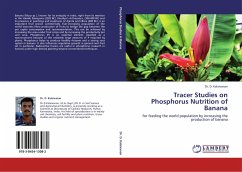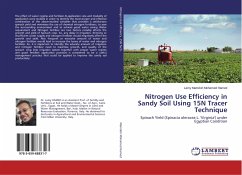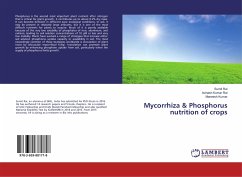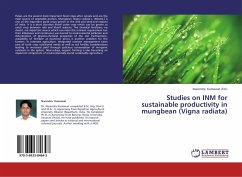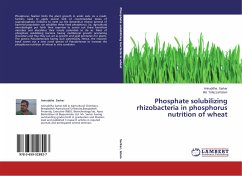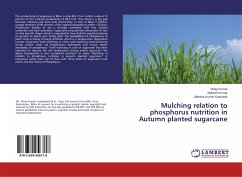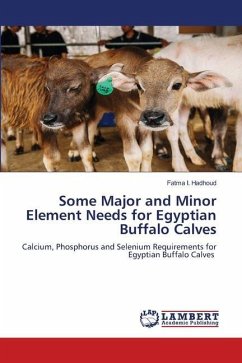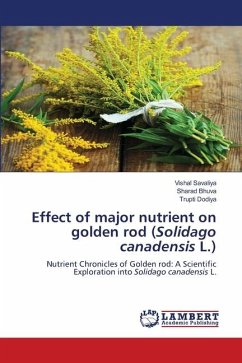Banana (Musa sp.), known for its antiquity in India, right from its mention in the Valmiki Ramayana (2020 BC), Kautilya s Arthasastra, (300-400 BC) and its presence in paintings and sculptures of Ajanta and Ellora (600 BC), is an important fruit grown commercially. Ever-increasing population of the world warrants more production of fruits to bridge the gap between the per capita consumption and recommendation. This can be achieved by increasing the area under fruit crops and by increasing the productivity per unit area. Phosphorus (P) is an essential element classified as a macronutrient because of the relatively large amounts of P required by plants. Phosphorus helps to produce healthy rhizome and a strong root system in banana. It also influences vegetative growth in general and fruit set in particular. Radioactive tracers are useful in phosphorus research in banana under high density planting beyond conventional techniques.

